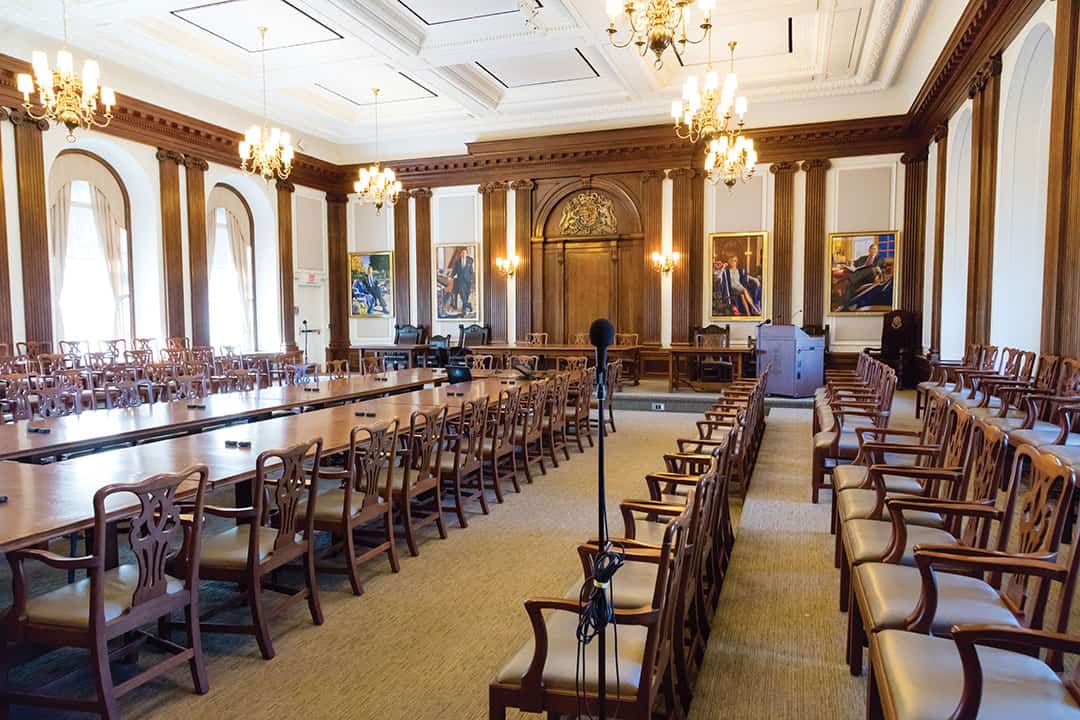Governing Council is the highest governing body at the University of Toronto, passing policy that broadly affects the lives of students, faculty, and staff — but what does it look like? The Varsity looked into the gender breakdown for Governing Council going back 10 years and found an almost two-thirds majority of men on Governing Council across the tenure of two presidents.
Out of the 50 members that make up Governing Council, 30 are elected: 12 teaching staff, eight alumni, four full-time undergraduate students, two administrative staff, two graduate students, and two part-time students.
Of the other 20 members, 16 are appointed by the Lieutenant Governor-in-Council, the representative of the Lieutenant Governor of Ontario, and two are appointed by President Meric Gertler. The remaining two members are Gertler and U of T’s Chancellor Rose Patten. While historically all positions of Governing Council are filled, in recent years a few government appointee positions have been left empty.
Together, these members propose and pass policies that affect all members of the university community. Notably, Governing Council sets tuition, approves new programs, and passed the controversial smoking and university-mandated leave of absence policies.
Despite Governing Council’s wield over university operations, the members do not accurately reflect the makeup of U of T. Women are widely underrepresented filling about 37 per cent of seats on Governing Council on average. The 2018–2019 session of Governing Council had 29 men and 13 women, totalling a 30.95 per cent representation for women — the third lowest across 10 years. The year with the highest representation was 2011–2012, which saw 46.81 per cent of Governing Council positions filled by women. Representation of women dropped sharply in 2015–2016 from 41.67 per cent to 30 per cent.
In 2017, almost 20 per cent difference in the proportion of men to women on Governing Council when compared to the representation of students.
The representation on Governing Council, however, does match the statistics for academic staff and faculty. Women represent 36 per cent of full-time tenured or tenure-stream faculty, as well as 41 per cent of part-time and full-time academic staff.


